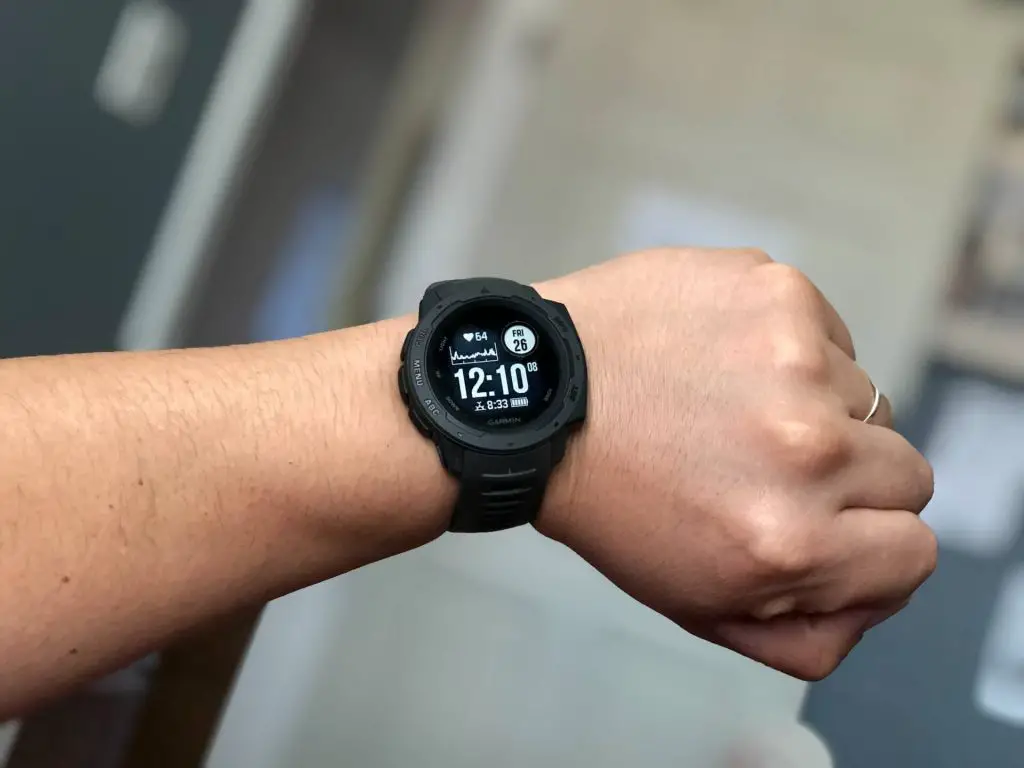
Estimating your upcoming six mile hike can be a challenge. Trying to figure out the time it will take you from start to end can be difficult to determine with so many factors such as a new trail, weather, and certain steep sections. How long does hiking six miles take?
Depending on fitness level, elevation gain, and weather, a six mile hike will take the average hiker around three hours and thirty minutes. The average hiker can hike about 2 miles an hour with an additional 15 minutes for every 500 foot of elevation gain.
Knowing how long your next hike is very important for planning and safety. If you review how long your past few hikes have taken and do some rough math you can see how many miles per hour you have been hiking. That estimate combined with a few other factors can help you estimate your upcoming hike duration. Below we will cover other things that can impact your hiking time and slow down your hike. We will also go over some tips on things you can do before you start your hike to help maintain a good hiking pace.
Six Mile Hike Times
| Hike Type | Elevation Gain | Duration |
|---|---|---|
| Downhill | -250 ft | 2 Hours 45 Mins+ |
| Flat | 0 ft | 3 Hours+ |
| Gradual | 500 ft | 3 Hour 15 Mins+ |
| Steep | 1,000 ft | 3 Hours 30 Mins+ |
| Very Steep | 1,500 ft+ | 3 Hours 45 Mins+ |
| Extremely Steep | 2,000 ft+ | 4 Hours+ |
What Things Can Slow Your Hike Down

Temperature
One of the first things you should check is the weather forecast. You can see an estimate of the temperature hour by hour. Extreme temperatures can slow you down drastically. Whether you are hiking on a hot 90 degree summer day or a cold 30 degree winter morning, the temperature can have you sweating or shivering which can slow your movements.
You can account for this by shifting your hike time. By knowing the hour by hour forecast you can hike at the cooler parts of the day on warm days and you can hike at the warmer parts of the day during cold days. If you have been on a hike and have encountered others walking off the trail as you are starting then you have met hikers who strategically plan their hike times. You want to avoid starting too late and hiking into the trail as the temperatures are rising.
I used to start hiking at 10AM and was under the sweltering sun by noon. This made my hikes much more challenging and miserable, your hikes don’t have to be this way. By shifting your hiking time by a few hours it will make a huge difference in how you feel during your hike which in turn will help you maintain a good hiking pace. These minor adjustments will go a long way, especially on longer and tougher hikes.
Weather
Another factor that can slow you down drastically is bad weather. Rain or snowy conditions will have you watching each step you take. This will slow your hike down if you start to get worried about slipping or post-holing on every step. If you are hiking in a mountain area at high elevation than the weather can change quickly. I’ve been on hikes where the forecast showed 65 degrees and sunny weather and after 30 minutes on the trail the clouds and rain rolled in out of nowhere.
You can’t control the weather but you can check the forecast and bring the right gear. Rain can come out of nowhere and ruin your hike if you are unprepared. You should always bring a rain jacket and rain pants to be put on at moments notice. Having rain gear or a poncho will give you peace of mind knowing you have the ability to keep yourself dry if rain shows up unexpectedly. You can also wear a good pair of hiking shoes that can keep your feet dry and give you maximum grip. I used to hike in my old Nike running shoes, if it rained I was doomed to slip everywhere. Switching to a new pair of hiking shoes allowed me to have great grip no matter the weather.
Columbia Rain Jackets on Amazon
Trail Conditions
Once you know the temperature and weather conditions the next element that can slow you down is bad trail conditions. Weather forecast are for the future, but its the weather in the past that can leave you with non-ideal trail conditions. Rain from a few days ago can leave muddy and slick trail conditions or snow melt can create similar unfavorable conditions. Debris can be swept down covering your trail in large rocks and fallen branches.
One thing that has helped me tremendously before any hiking trip is to check trail reports from other hikers. You can use and look up the exact hike you are doing and see reviews from other hikers. If available you should read the most recent reviews to see if there are any major blockers and how they experienced the trail. Another way you can get a feel for trail conditions is to look at Instagram hashtags of the trail or location tagged photos. Some hikers will document their journey and you can see recent photos of the trail. If neither of these options is available then you can call a local ranger and ask them how trail conditions are. Having the right shoes with good grip will make a huge difference.
Merrell Men’s Moab 3 Mid Waterproof Hiking Boot on Amazon
Merrell Women’s Moab 3 Mid Waterproof Hiking Boot on Amazon
Altitude
If you are planning on hiking in the mountains or at high altitude then this is one of the biggest elements that can drastically slow you down. Hiking at high altitude can make it difficult to breathe and leave you with shortness of breath. The more steps you take and the more you advance on your hike the harder it will become to breathe.
Your body in altitude can be very fickle. Some days you don’t feel it at all and some days it hits you immediately after stepping out of your car. If you have the luxury of time, the best way to combat altitude is to spend a few days at or near the elevation level to allow your body to acclimatize. Getting your body to adjust will take time and not something you can speed up.
Elevation Gain
Whether or not you are hiking at high altitude the next element that can slow you down tremendously is elevation gain. Elevation gain in a hike should be the first thing you research when looking at a new hike. The higher the gain the more strain there will be on your legs. For each 500 feet of elevation gain you should add about 15 minutes of additional time to your hike.
A flat 6 mile hike will be much easier than a 3 mile hike with 1,000 feet of elevation gain. The flat hike will be much easier on your legs, whereas the steep 3 mile hike will feel incredibly steep and push your legs to pull you up each incline. When researching hikes you typically can see the difficulty rating which ranges from easy to very strenuous. This rating describes how much elevation gain there is in a hike. You can look at elevation charts for hikes and plan your breaks right before these step sections. That way your body is rested and you can power through the tougher parts.
Final Thoughts
Hiking six miles can feel like a huge unknown. Now that you have a general gauge of how long it will take you should be able to better plan your trip. Knowing other external factors that can also impact your hike is a very important skill to safely plan your upcoming hiking trips. Accounting for weather, trail conditions, elevation, altitude, and your fitness level will be the major factors that impact your hiking time estimate.
Tracking these external factors combined with planning your start times strategically will help you hike in better conditions so you can have a more safe and enjoyable hike. The more hikes you go on the better feel you will have to estimate your future hiking times and what works best for you. Enjoy your six mile hike!
